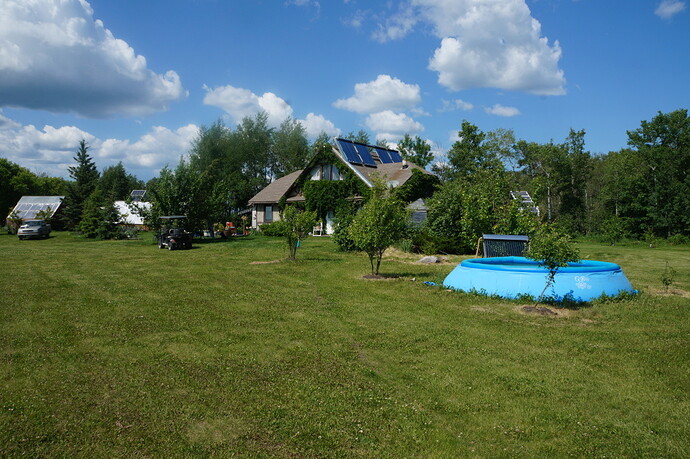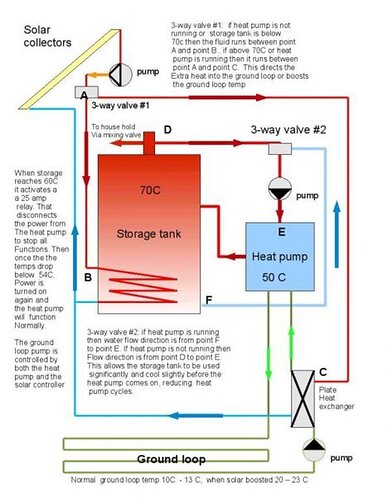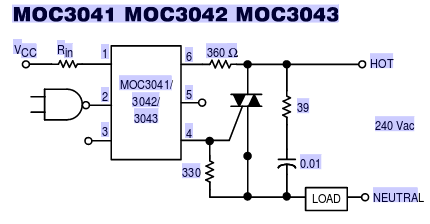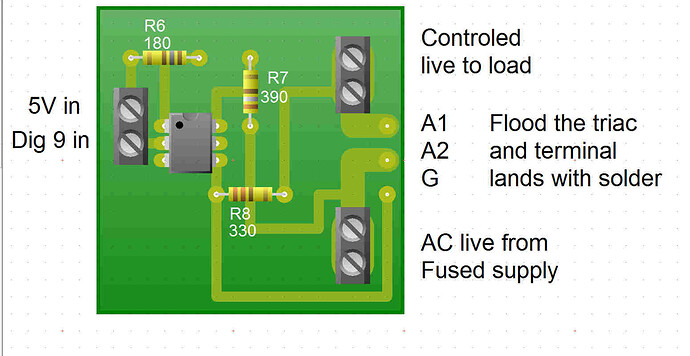hi there ,
just wanted to share my projects with others, it seams to work well for me perhaps others would find it useful.
most projects are solar diverters. which is fine this one built is GTI limiter, it reduces the input load to the GTI via PWM. but also can diverts that excess dc load to another DC device or storage battery using pwm it controls 6 pwm at a time , it also can monitor wind generator GTI and use dump load to reduce its out put to grid. you can enable and disable application within the firmware .
option are:
1 it to determines the dump load - and makes calculations on that for triac ( just basically an ease of use function)
2 ) calculated inverter output and adjust pwm to limit GTI output
3) measure wind generator output, and adjust triac for dump load
parts reqired:
uno
emontx shield
triac (bta41) Home | OpenEnergyMonitor
MOC3061 or MOC3043M
AD5206 (100k) https://www.arduino.cc/en/Tutorial/DigitalPotControl
led
ic chip socket for ad5206
header pins
misc resistor and caps (see linked webites for specifics)
dc motor speed regulator - 20 - 100 amp PWM HHO http://www.ebay.ca/sch/i.html?_from=R40&_trksid=p2047675.m570.l1313.TR0.TRC0.H0.TRS0&_nkw=PWM+HHO&_sacat=0
cat5 module jacks (RJ11/RJ45/RG12)
bnc connectors
cat5
I used uno for my project, so i had to make some modification to the emontx shield.
modifications to emontx shield as followed - pull a4 pin ( other choice id cut trace or remove burder resistor on ct4) - you only have to do this if you want LCD screen to display information such grid, solar inverter or wind inverter outputs) so that the LCD-L2c screen will work otherwise it will freezes uno at lcd screen boot
when you assemble the emontx shield do not solider in the iscp block - instead install header in middle section on top to give access to pin 13 ( clk) 11(sd1) for ad5206 chip we just use the preexisting header pins on the emontx for the other dig ports
lcd-l2c pins out on scl sda on uno gnd and 5v
construct ad5206 module as described here https://www.arduino.cc/en/Tutorial/DigitalPotControl
pin out on pin 13, 11 and 10 as described (pin 10 is found is found on preexisting emomtx header pins) and solider cat5 wire to chip socket for ad5206 chip and jumper wires for uno board and then connect to cat5 module jack of the cat 5 wire
on the other end build another module to be able to attach cat 5 wire to pmws or simply clip the pot off the pwm hho and push the corresponding wire into the correct location on the rg45 module jack each cat 5 or telephone wire will handle 2 pmw each attach to correctly to the dc side of your solar panel and GTI - standard cat cable to desired length to connect uno device to pwm modules
construct remote triac module as described in these links
https://openenergymonitor.org/emon/Choosing%20an%20Energy%20Diverter
http://www.kerrywong.com/2010/09/11/a-high-current-triac-controller-using-arduino/
using a female bcn for input.
on ardinno for triac output it pins out on gnd and dig 5 ( same header pin as dig 10 is located) to a female bcn - male bnc cable to length
when installing on water tank I would install a second or preexsisting phsyical bimetallic hotwater tank switch. and set it at the max temp so if the tank over heats it shut it off. also i would consider wiring it though the preexisting wiring on the tank so the the emergency pop works also so that you do not accidentally cause an hotwater tank explosion, if for some reason of triac failure and bimetalic switch failure and it stuck on position
GTI_Limiter-Diverter.ino (12.3 KB)
pin 3 i used for a led it brightness determines how much power is being dumped diverted or limited
the sketch is stil has some redundant info and debugging needs a little clean up but works fine otherwise
good luck have fun 





